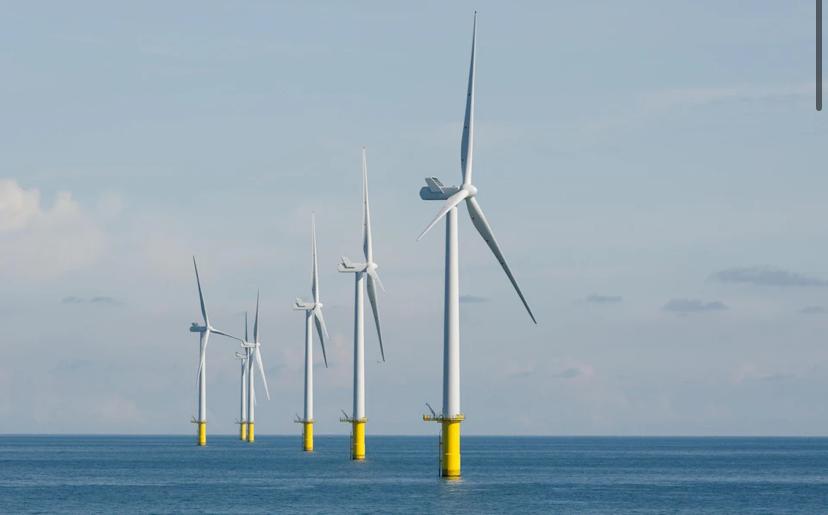Ed Miliband has approved a £4bn development off the Sussex coast despite hundreds of objections, the plans for a giant wind farm to be built in the English Channel with dozens of turbines as tall as the Eiffel Tower.
The wind farm, called Rampion 2, received the green light from the Energy Secretary despite objections from hundreds of locals who fear it will damage ecosystems and ruin views from the coastline and South Downs National Park.
Once complete, the £4bn development will stretch 50 miles along the coast from east of Brighton to west of Bognor Regis.The plans are part of Mr Miliband’s race to hit net zero, which is being powered by renewable energy including solar and wind.
Mr Miliband said: “This project puts us within reach of our clean power offshore wind target. It’s time to get off the fossil fuel rollercoaster, roll out clean power, protect our energy security and bring down bills for good.
“The UK has a boundless supply of wind that cannot be turned on and off at the whims of dictators and petrostates.”
The scheme had attracted hundreds of objections from people angry at the “industrialisation” of England’s seascape, and at the damage from installing onshore cables and substations.
One objection submitted to the Government warned that the wind turbines would be as high as the Eiffel Tower. It added: “There will be no place on the West Sussex coast that the horizon is not dominated by them day and night.”
The turbines will stand 1,066ft above sea level, the same height as the Parisian landmark when its aerial is not included.
Brighton and Hove Council has warned they will ruin the view from the seafront.
Meanwhile, this project will require hundreds of miles of cabling which will be cut into the seabed, as well as a power export cable landing at Climping, and more than 22 miles (35km) of buried cable routed through the South Downs National Park.
Under the sea they will be embedded in foundations comprising thousands of tons of cement and protected from currents by thousands more tons of rock armour boulders typically quarried from Norwegian fjords and dumped around the towers.
Also, Fishermen fear the scheme will destroy their livelihoods by making swathes of seabed inaccessible.
RWE, the German company leading the scheme, said the environmental impacts were justified by the green power the turbines would generate.
However, the South Downs National Park Authority said the turbines would ruin the views of the sea from its rolling hills.
It said: “Their proximity to the coastline, size, number and spread would have significant adverse effects on the character and setting of the national park.”
An objection from the Littlehampton East Beach Residents Association said the scheme would “disrupt and permanently degrade ecosystems in the sea, on the land and in the air, both during construction and operation … It will substantially degrade intrinsic values of the natural seascape and landscape impacting on the wellbeing of many.”
Mr Miliband’s decision to approve Rampion 2 follows a string of controversial planning grants including the giant Sunnica solar park in Suffolk.
In each case, hundreds of objections from local people, councils and environmental groups were overruled by Mr Miliband on the grounds that generating low carbon power was more important than the landscape and other impacts.
The Rampion project is led by RWE on behalf of joint venture partners, all of which are foreign-owned.
The UK’s contract for difference scheme means that, if accepted into it, Rampion will be guaranteed profits – which will mostly flow abroad to the scheme’s overseas investors.
Danielle Lane of RWE said: “Rampion 2 can play an important role in helping secure the UK’s energy supplies from our abundant wind resource and play a key role in supporting the UK Government’s clean power ambitions



